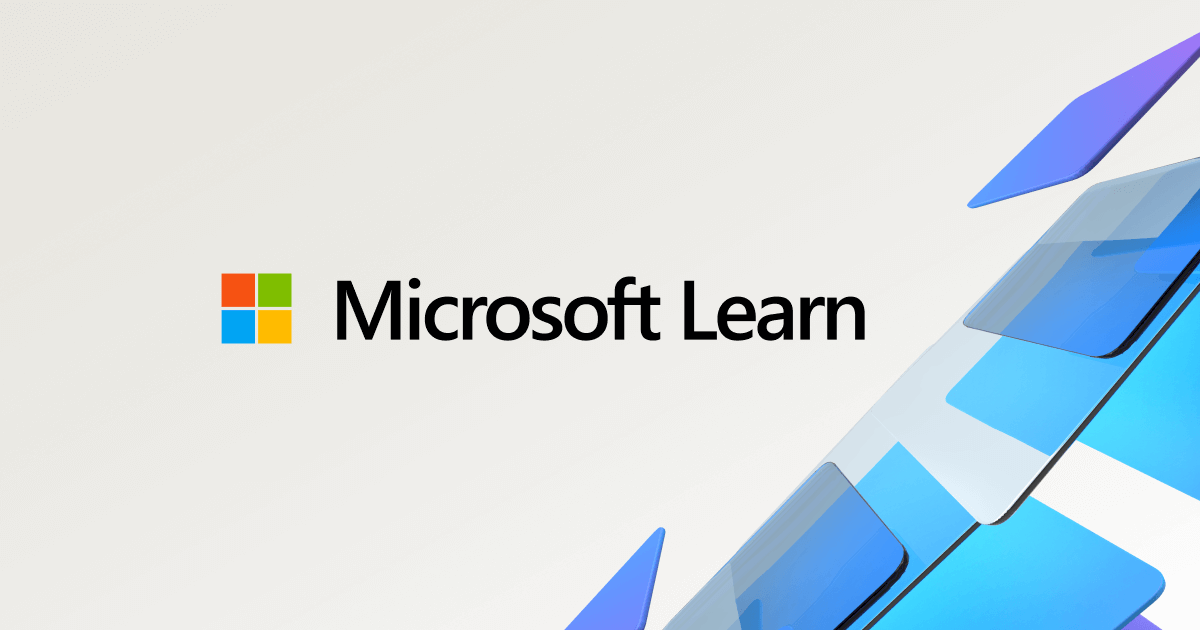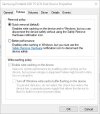I've had plenty of times where the popup for safe to remove comes up and I still might get a chkdsk error next time it put it into a Windows machine. But this seemed more prevalent back in the XP days.
You no longer have to do a safe eject. But, I still prefer to use it just in case!

Windows default media removal policy
Manage default media removal policy in Windows.
docs.microsoft.com
Windows defines two main policies, Quick removal and Better performance, that control how the system interacts with external storage devices such as USB thumb drives.
In earlier versions of Windows, the default policy was Better performance.
Beginning in Windows 10 version 1809 (October 2018 Update), the default policy is Quick removal.

